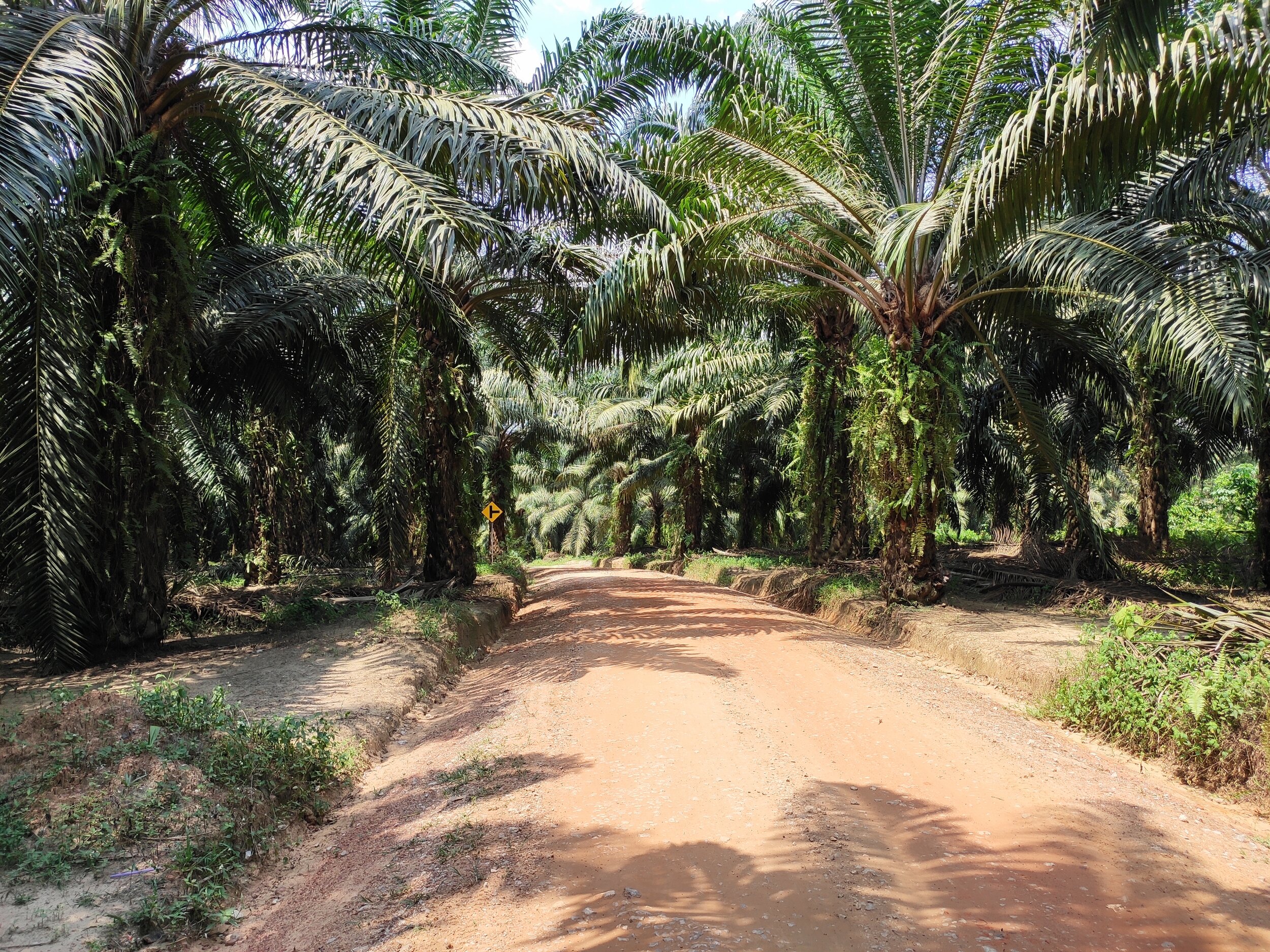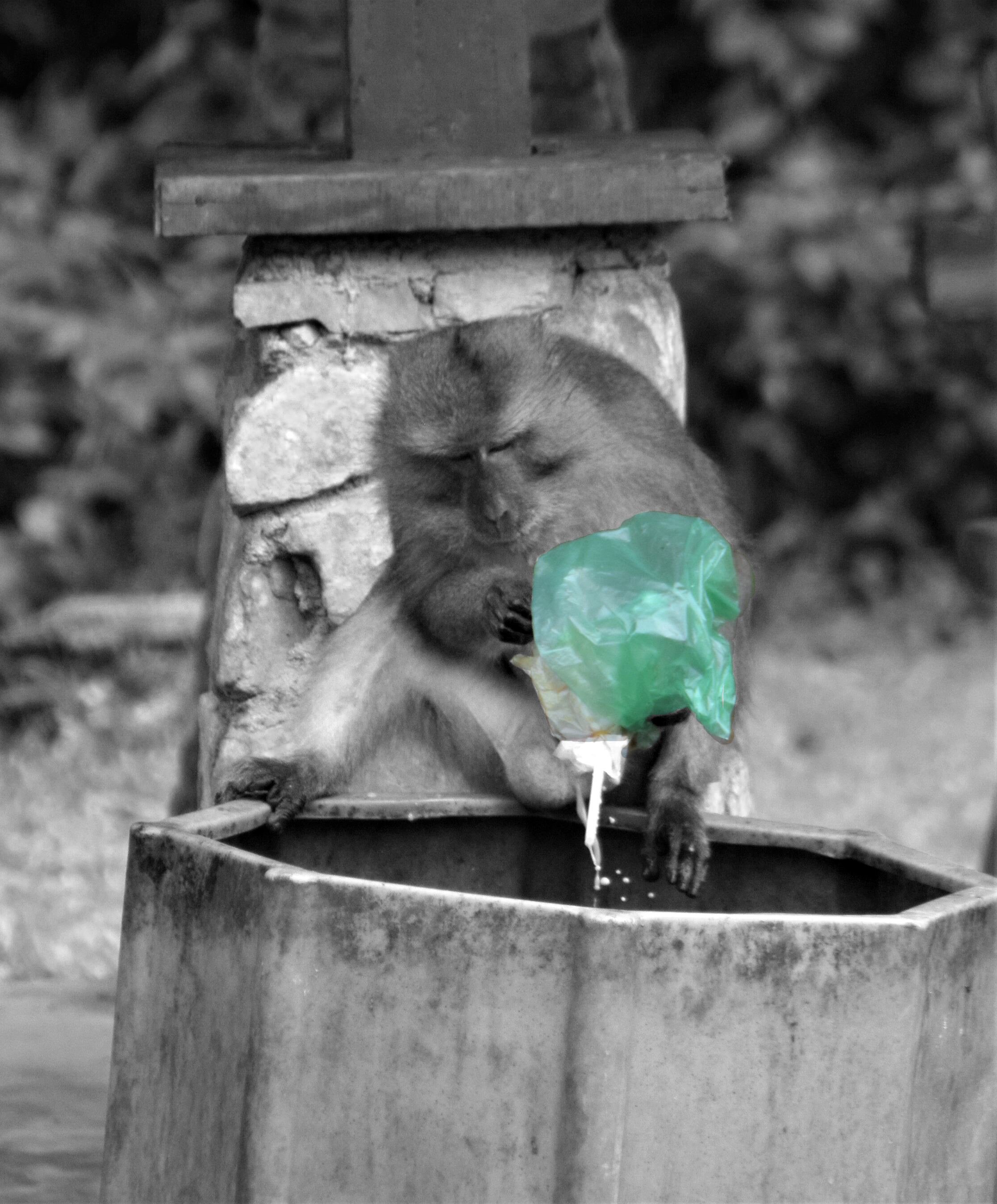2020 will remain in everyone’s memory as the “annus horribilis” because of the Covid-19 pandemic, and there is an increasing number of evidence that deforestation has led such virus to come in contact with humans.
The impact on the economy, travels, family life, and of course the dramatic death toll, have been terrible. In both its cause and consequence, deforestation is a topic that isn’t discussed as much as it should be.
Tropical areas at the core of the deforestation crisis
The destruction of forests is a problem that primarily affects tropical communities and countries, as those regions with the highest diversity all over the globe. In the year 2019, more than thirty-five (35) million acres of tropical rainforest were destroyed, with more than a third of the landmass of Earth now being utilized for agriculture, a method that involves clearing of woodland to create pasture space.
We are most familiar with the Amazon forest being the worst hit with a rate of destruction that has raised significantly in the past years. shifts of policies in the Brazilian government has let to almost 4000 square miles of the Amazon rainforest being destroyed in the last two years.
A former rainforest, now a palm oil plantation - Kalimantan, Indonesia
However, it is the South East Asian region that has experienced the strongest loss of forests anywhere in the globe, losing a significant 30% per cent of its forest surface over the last fifty years. Paired with strong population growth, with the region’s population forecast to increase, the human settlements are rapidly expanding. In consequence, contacts with wild animals have greatly increased.
Wilderness proximity.
With the shrinkage of their natural habitat, wild animals are being forced to migrate to another place to survive. The “borders” that demarcated humans from wildlife is decreasing because of the newly destroyed forests. A direct consequence is for animal settlements to be closer to us. For examples, mosquitoes carrying malaria can settle in the muddy puddles and pools in by the roads that are built into woodland after deforestation.
These communities disturbed by deforestation, where natural ecological rules have been breached, create situations where animals that have never previously connected, can have contact with each other. Viruses can then be transmitted from one creature to another,
Bats are one of these examples. They like to live near human habitation since electric lights entice the insects they eat. Bats are generally known as a reservoir of viruses because they possess strong immune systems that let them collect multiple viruses without manifesting symptoms. Some studies suggest that bats have the capability of carrying in as much as 3,000 viruses.
Wildlife visiting trash bins: an increasing sight of proximity to humans settlements - Malaysia
Coronavirus, the latest of many deforestation-linked diseases
Based on clinical studies, the rate of malaria infection in Brazil has been linked to the logging pace of the Amazon rainforest.
Similarly, the origin of HIV, which has killed over 40 million individual all over the globe, was initiated by humans eating bush meat from chimpanzee, after poaching into the Cameroon jungle. In the same way, the Ebola virus was transmitted to humans from fruit bats attracted to human fruit fields. The Zika virus was itself spread worldwide after finding a mosquito that thrived in urban communities.
More and more evidence suggests that deforestation has led the Covid 19 virus to come in contact with humans. The Emergence of Coronavirus is still open for discussion as scientists disagree, but theories state that SARC-CoV-2 was spread from bats to pangolins, the most trafficked mammal over the globe. Then it settled on humans. Although their research is still ongoing on what the animal was, or if there really is an animal involved, the trend is that it was indeed the case. That being said, specialists say it is too early into the coronavirus pandemic to state precisely how the virus began, we do know it very likely originated in bats and spread to people somewhere in Wuhan, province of China.
The combination of circumstances with the destruction of natural habitats because of deforestation, growth of human population all over the world, and inter-species animal contact is considered to be a continuous crucial health risk for human society.
Therefore, one thing for sure is that the need for protection of ecosystems by avoiding deforestation is crucial to protect us from further pandemics.


